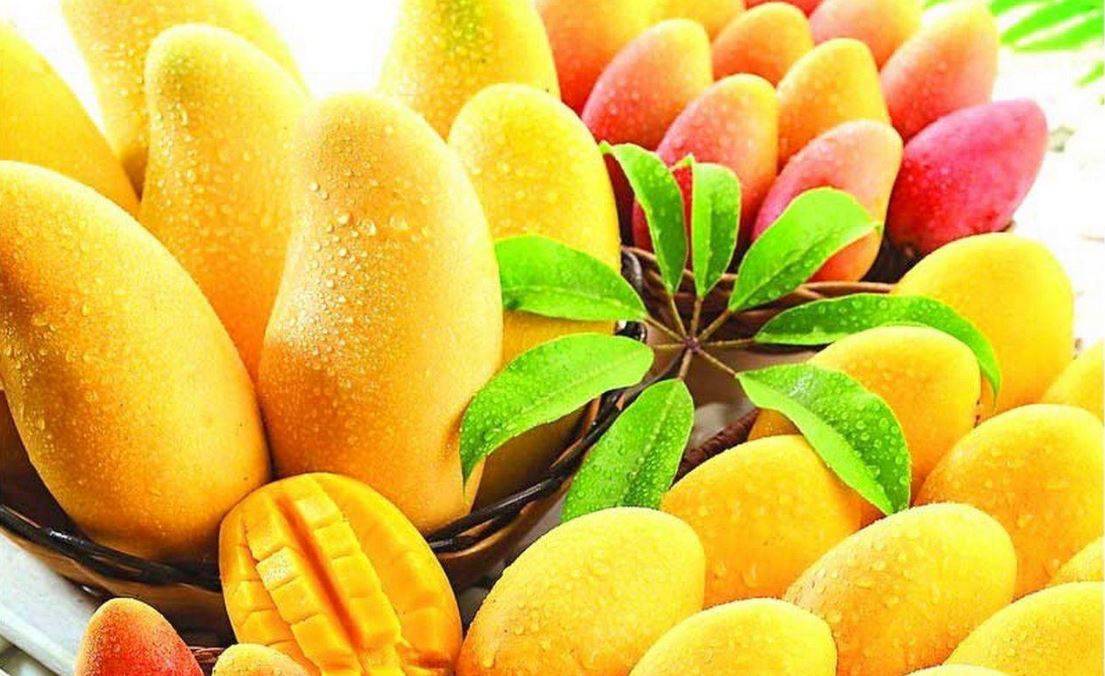
Mangoes are synonymous with summer. Mango trees are expected to begin flowering in December each year, with many unripe fruits in March or so. Mango season is in full swing in April and May.
However, there have recently been inconsistencies in this tree's behaviour. The internal market, worth crores of rupees, has been hit by late flowering of the fruit and the resulting delay in harvest. Climate change and unseasonal rains that lashed the mango-producing Mysuru region after October are to blame for these changes in flowering and fruiting patterns.
Reduced Mango Production
Mango production will be significantly lower this year compared to last, making eating mangoes this summer an expensive affair. Flowering usually begins on January 15 and lasts until February 15. However, this year's climatic changes have disrupted the flowering cycle.
Mango yield fell sharply last year as well due to a delay in flowering. Mango production has been declining since 2016 due to a lack of rain, according to growers. The Government Mango Board's Technical Committee has declared 2022 to be a "off-year" for the much-loved fruit.
Experts are most concerned about the high level of moisture in the soil, according to officials from the Karnataka State Mango Development and Marketing Corporation Limited (KSMDMCL).
Unusual rains have hampered the flowering process. Despite the fact that winter had arrived in December, it was still raining in many areas, resulting in unfavourable weather conditions for the flowering process.
"Mango flowers require dry and cold weather to bloom." Because production is likely to be hit this year, growers can contact the Horticulture Department for specific measures to be taken," said K. Rudresh, Deputy Director of the Horticulture Department.
According to experts, the flower initiation process begins in the months of November and December. Though good vegetative growth was observed in December, there is no guarantee that it will yield a good yield. Maximum yield is only indicated when flowering is at its peak.
Nagavala, Benkipura, Halebeedu, Bilikere, Bettadabeedu, Beerihundi, Hullahalli, and other villages in Mysuru grow mangoes. Nanjangud and surrounding areas, Yelwal, Bilikere, Hura, Herale, Hullahalli, Hunsur, K.R. Nagar, H.D. Kote, Gundlupet, Chamarajanagar, Channapatna, and Ramanagara send their fruits to Mysuru markets. Badami, Raspuri, Malgoa, Totapuri, Mallika, Dashheri, and other varieties have made a name for themselves.
According to available statistics, mango is grown as a horticulture crop on over 4,500 hectares in Mysuru District. These mango-producing regions produce over 7,000 to 8,000 metric tonnes of the fruit each year. Horticulture experts in the state predict a yield of 7 to 8 lakh tonnes this year, compared to a yield of around 15 lakh tonnes last year.
















